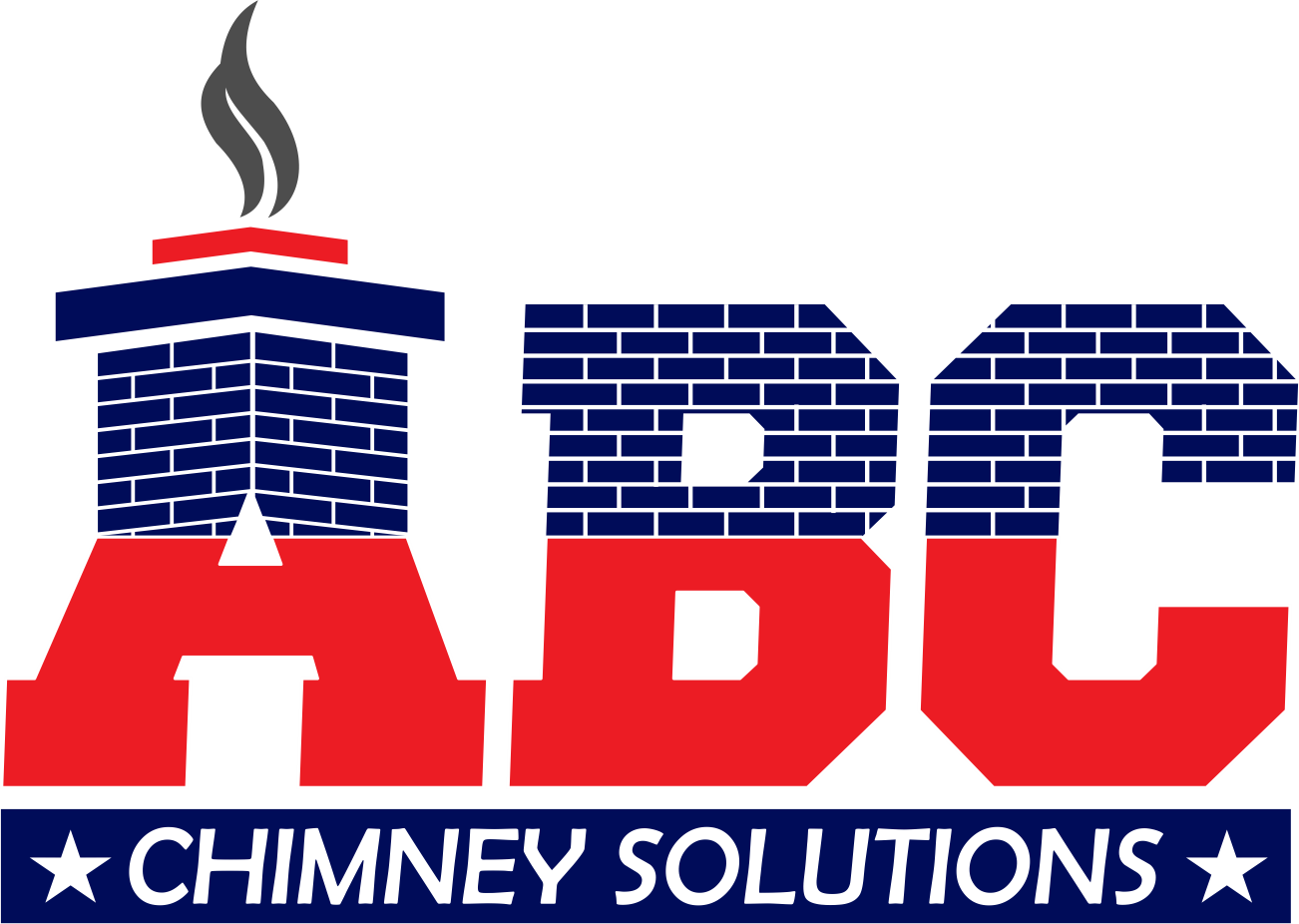So, you’ve finally decided to schedule a chimney inspection and cleaning—great choice! Whether it’s your first time or it’s just been a while, you might be wondering: What actually happens during a chimney service? Is it messy? Does someone climb on the roof? How long will it take?
Don’t worry—we’ve got you covered. In this post, we’ll walk you through exactly what to expect during a professional chimney inspection and cleaning. It’s simpler (and cleaner) than you might think, and it’s one of the best things you can do to keep your home safe.
1. First, a Quick Chat
When the chimney technician arrives, they’ll usually start with a friendly conversation. They might ask:
-
How often you use your fireplace or stove
-
When your chimney was last cleaned or inspected
-
If you’ve noticed any issues (like smoke in the room, strange smells, or animals)
This helps them understand your setup and figure out what kind of inspection you need.2. They’ll Protect Your Home
Before any tools come out, the technician will protect the area around your fireplace. They’ll usually lay down tarps or drop cloths and might even use a special vacuum to keep dust and soot from getting into your home. Professional chimney sweeps are trained to keep everything clean—no mess, no stress.
So yes, you can relax. Your furniture and floors are safe.
3. Time for the Inspection
There are three levels of chimney inspection, and what you get depends on your situation:
🔍 Level 1: The Basic Check
This is the most common type. It’s used when your system hasn’t changed, and you haven’t had any problems. The sweep will look at the:
-
Firebox (where the fire burns)
-
Flue (the pipe or liner inside the chimney)
-
Damper (the metal flap that opens and closes)
-
Chimney cap and crown (on the roof)
They’ll use a flashlight, a camera, or both to check for creosote, cracks, blockages, or signs of water damage.
🛠️ Level 2: A Closer Look
If you’ve had a chimney fire, changed your heating system, or are buying/selling your home, you’ll probably need this. It includes everything in Level 1 plus:
-
A video scan of the inside of the flue
-
A full check of the attic, crawl spaces, and roof
-
A look at any areas connected to the chimney system
🧱 Level 3: Rare but Serious
This is only done if a major issue is suspected. It may involve removing parts of walls or the chimney itself to find hidden damage. Don’t worry—you probably won’t need this unless there’s a safety concern.
4. Cleaning Comes Next
Once the inspection is done, the cleaning begins. Here’s how it usually works:
-
They use brushes and rods to scrub the inside of the chimney and flue
-
A high-powered vacuum collects the soot, dust, and creosote
-
They clean out the firebox, smoke chamber, and damper
-
If there’s creosote buildup (that sticky, flammable stuff), they’ll remove it carefully
Most cleanings take 45 minutes to an hour, depending on how dirty the chimney is.
5. You’ll Get a Report (and Maybe Some Photos)
After the job is done, the technician will share their findings with you. This usually includes:
-
A summary of what they saw
-
Pictures or video footage from the inspection
-
Recommendations for repairs (if needed)
-
Tips for safer fireplace use
If your chimney is in good shape, you’re all set for another season. If there’s damage, they’ll let you know what needs fixing and why.
6. Common Issues They Might Find
During an inspection, chimney pros often spot things that homeowners can’t see. Here are a few examples:
-
Creosote buildup – the #1 cause of chimney fires
-
Cracked or missing flue tiles – this can let heat escape into your walls
-
Blocked chimney caps – birds, leaves, or nests can stop smoke from escaping
-
Moisture damage – water can break down bricks and cause mold
-
Damaged dampers – which can mess with ventilation or let cold air in
The good news? Most of these issues are easy to fix—if caught early.
7. How Often Should You Do This?
The Chimney Safety Institute of America (CSIA) recommends getting your chimney:
-
Inspected at least once a year
-
Cleaned when creosote is 1/8 inch thick or more
Even if you don’t use your fireplace much, animals or weather can still cause problems. An annual checkup is the safest bet.
8. Cost and Time: What to Expect
-
Inspection cost: $100–$300 (basic Level 1)
-
Cleaning cost: $150–$350 (depending on buildup and location)
-
Time: About 1 to 2 hours for both inspection and cleaning
It’s a small investment for something that protects your home from fire, carbon monoxide, and expensive repairs.
9. After the Service
Once your chimney is clean and inspected, you’ll feel confident using your fireplace. Keep these tips in mind:
-
Burn only dry, seasoned wood
-
Don’t overload the firebox
-
Make sure your damper is open before lighting a fire
-
Watch for signs like smoke, smells, or poor drafting
-
Schedule next year’s inspection early (especially before fall)
Final Thoughts
Getting a professional chimney inspection and cleaning might not seem exciting—but it’s one of the smartest things you can do as a homeowner. It’s fast, affordable, and gives you peace of mind every time you light a fire.
You’ll know your chimney is clear, safe, and working like it should. And if there’s a problem, you’ll catch it before it turns into something dangerous or expensive.
So go ahead—make the call, book the appointment, and enjoy your fireplace with confidence.
